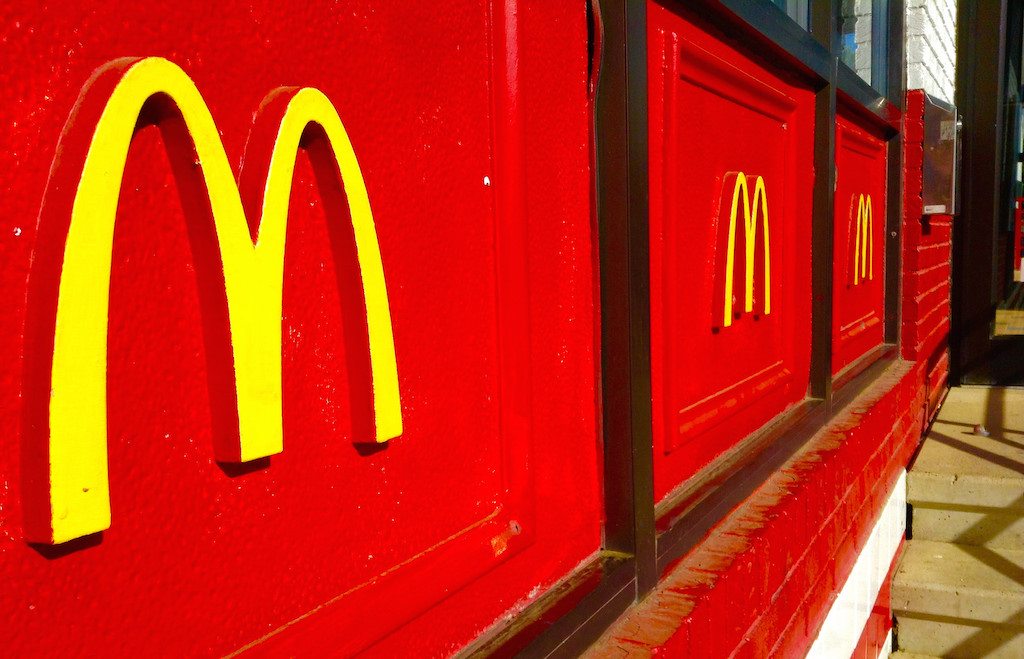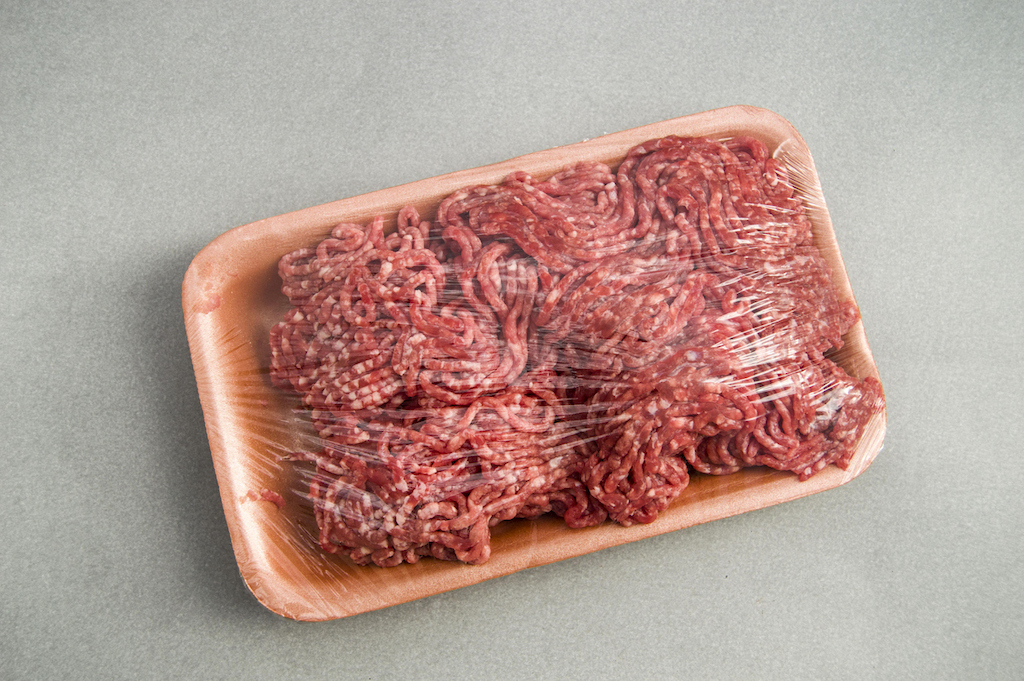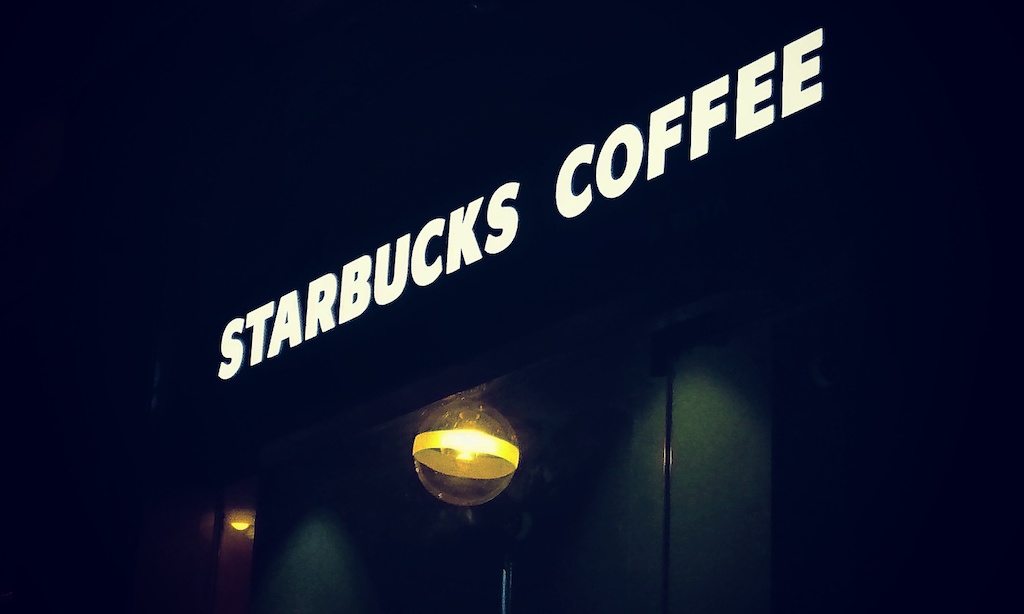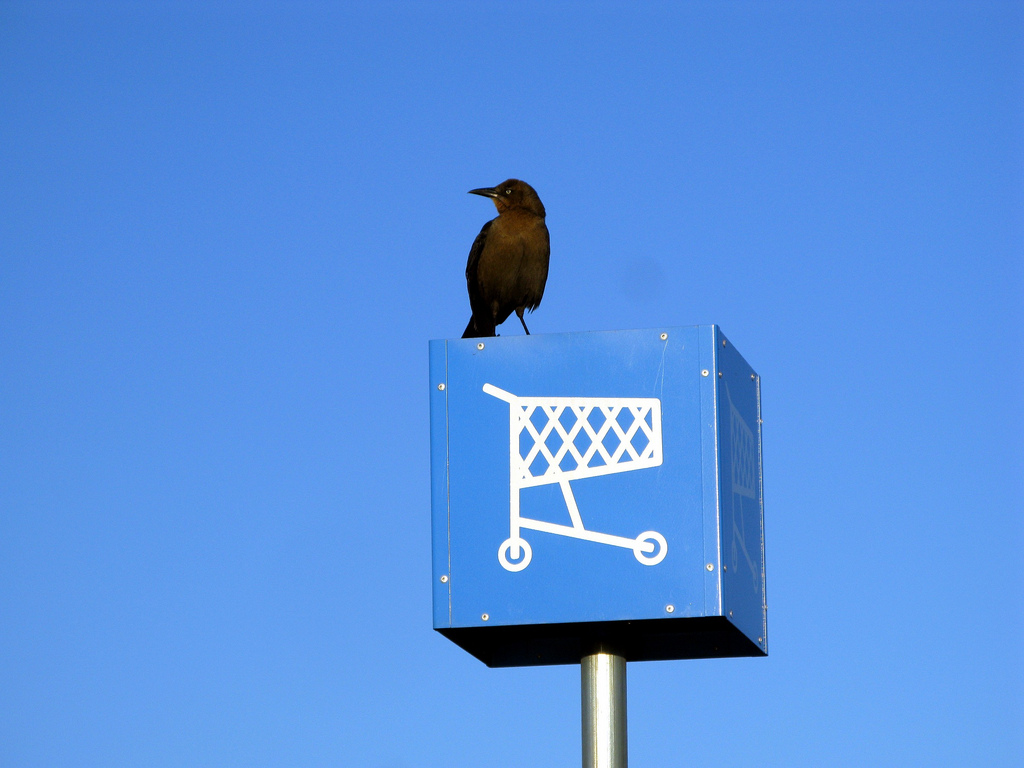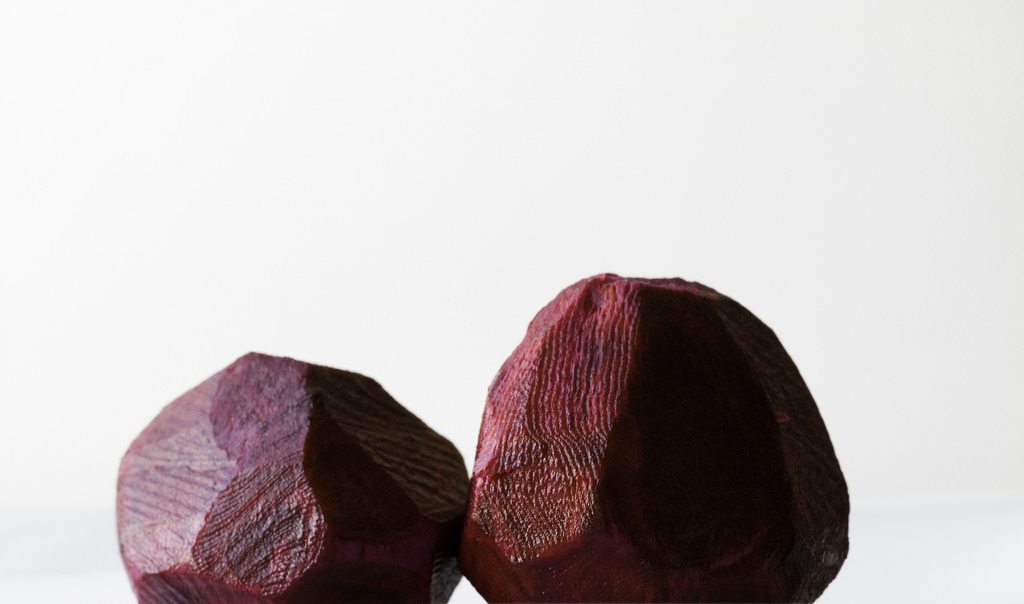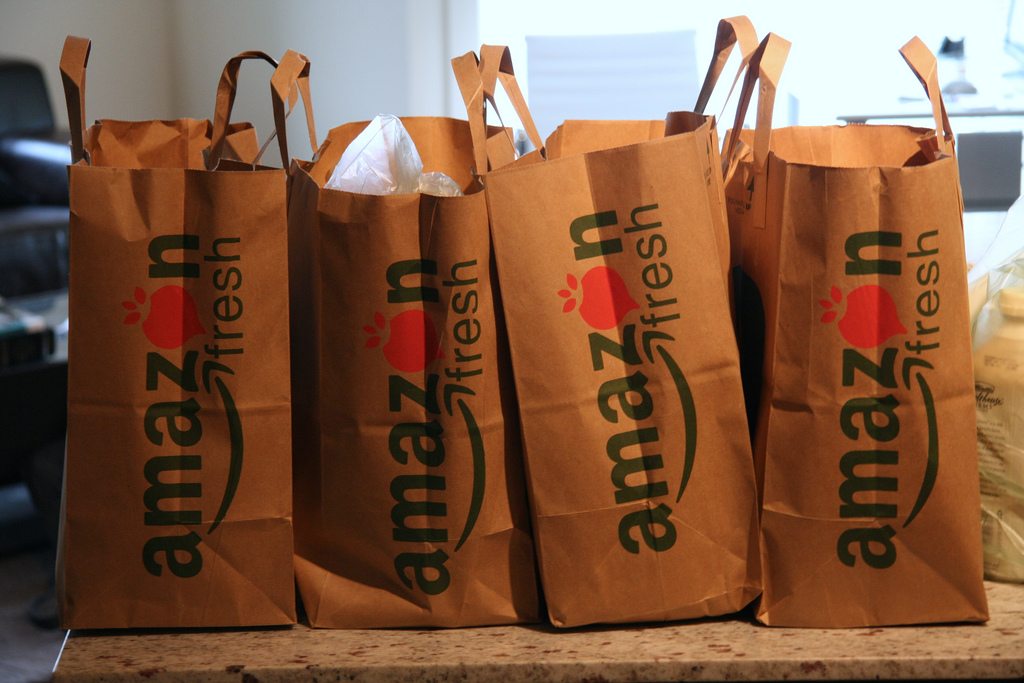McMakeover. In an earnings call for McDonald’s shareholders held Wednesday in Chicago, the company’s USA president, Chris Kempczinski, shared some pretty bad news: since 2012, McDonald’s estimates it has lost 500 million meals to competitors in the United States alone. To put that in perspective, for the past five years, people who might have conceivably eaten at McDonald’s chose to go elsewhere—almost 2 million times a week. I guess I’m not totally surprised. I used to eat at McDonald’s at least once a week as a kid growing up in the mid-nineties. (For a while I ate there every day, when I worked as a sullen teenage cashier.) But now, I can’t say I’ve set foot in one since Bill Clinton left office—except to use the restroom on long road trips, and when that happens I leave without eating.
But, never fear. McDonald’s has a plan to win back its lapsed faithful. It’s going to double down on what it already does best: convenience. After all, most people don’t go to McDonald’s because the food is unparalleled. They go because it’s quick, and cheap, and there’s one on every goddamn corner.
The drive-thru, though? So twentieth century. At select locations throughout the world, McDonald’s is now going to get easier, faster, and more fun to order from. New initiatives include redesigned, more efficient kitchens; a mobile app for ordering by phone; curbside pickup; home delivery, and bluetooth-enabled kiosks.
There’s at least one serious issue with all this. None of it addresses the company’s main problem, which is its underwhelming food. It doesn’t take long for people to figure out that McMuffins don’t taste better just because you ordered them on your Pixel. So to think McDonald’s can solve its woes with the latest spiffed-up logistics is to kind of miss the point.
It’s also a missed opportunity, when you consider the company’s underlying business model. Because McDonald’s isn’t really in the business of flipping burgers: it’s at heart a real estate company, and one of the world’s largest.
More than 80 percent of McDonald’s restaurants worldwide are operated by franchisees, semi-independent operators who buy the food and make money when it sells. At those locations, the restaurant makes a small service fee, 4 percent, on the burgers, fries and Cokes you buy. Those fees totaled about $2.98 billion worldwide in 2016. But the amount that the McDonald’s company netted from lease agreements on buildings and land was almost $6 billion, nearly twice what it made on franchise service fees. (McDonald’s makes more revenue on the restaurants it owns, of course—but those businesses have much higher operating costs, which cancels out the benefit. Franchisees are the revenue drivers, and the company says it ultimately wants to be 95 percent franchisee-owned.)
Which puts the company, in theory, in a pretty interesting position. It doesn’t actually need to sell burgers and fries. It just needs to do the only thing it’s not currently doing: sell something appealing enough to get more and more people in the door. Because when its franchisees make money, McDonald’s makes money—whether they’re selling Big Macs or not.
For a long time, fast food made sense. In Fast Food Nation, author Eric Schlosser quoted the company’s first CFO as saying the following to a group of Wall Street investors: “We are not basically in the food business. We are in the real estate business. The only reason we sell fifteen-cent hamburgers is because they are the greatest producer of revenue, from which our tenants can pay us our rent.”
But what if soggy hamburgers and freeze-dried fries stopped being the greatest producers of revenue? Couldn’t McDonald’s and its operators make money selling something else—something better?
I have to think so. There are lines out the door at Shake Shacks from Indianapolis to Miami Beach; cars jam the drive-thrus at In-N-Outs from L.A. to Portland. Are those companies really all that different? They basically are McDonald’s, just with better decor, more limited menus, and supposedly better ingredients. (Both companies use “all-natural beef,” which, as we’ve written before, sounds fancy but doesn’t really mean anything.) It would be cynical, but McDonald’s could fix its customer problem with a few tea lights and a few nods to “all-natural.” (It is funding two sustainable beef pilot programs in the U.S., according to Eater.)
But what if the company really wanted to try something crazy? Something different, unorthodox, even radical? Rather than piloting with UberEats to offer home delivery, as it’s currently doing in Florida, it could use its clout to build new regional supply chains. Or it could retrofit its restaurants as food halls, or commercial kitchen incubators—centers of culinary innovation where small-batch makers and startups trade a little equity for a space to try new things. It could, I don’t know, host farmers’ markets, or sell green juice, or both: run a market/juicery where any unsold inventory gets made into ultra-local smoothies. In short, it could do anything. And it could do it in any neighborhood in the country.
But it won’t. And not because there aren’t good business models to explore, at least in theory. It’s because McDonald’s is still invested in a big asset, but one that’s losing value: its brand. The golden arches still symbolize delight, affordability, and convenience to some families, as they once did to mine. But a growing number of people associate them increasingly with type 2 diabetes and films like Food, Inc. Rather than abandon a failing model entirely, the company prefers to rehab its image. It wants to make the Big Mac work, because without that, what does it have left?
And so: the pilot projects with UberEats, the bluetooth kiosks. New ways to shill food fewer and fewer people want. You might call it putting lipstick on a pig. Or you might call it slapping a branded label on some garden-variety thousand island dressing, and pretending it’s your secret sauce.
